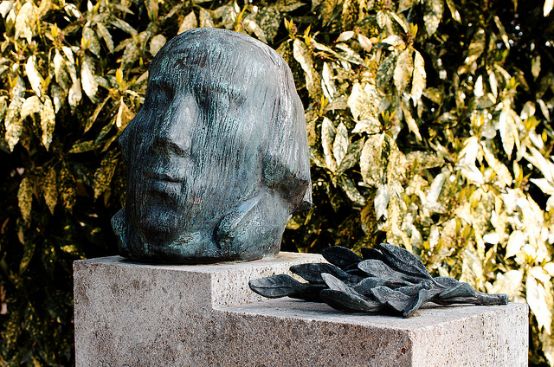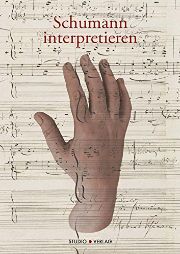Approaches to Schumann
The results of a symposium held at the Basel Music Academy in December 2010 and some additional contributions have been collected and published.

In keeping with the research tradition of a music academy, musicology is in fruitful dialog with musical practice. Historians and performers have their say in equal measure and discuss with each other. The 570-page book is characterized by its diversity on various levels. Of course, only a few of the twenty-one articles can be singled out.
On a first level, internationality should be mentioned. In addition to Basel and the rest of Switzerland, Germany, Austria, Canada and the USA are represented as the countries of origin of the contributors. The book is largely in German, with the exception of one article in French (Georges Starobinski on the first singers of Schumann's songs) and one in English (an analysis of Alfred Cortot's edition of the Kreisleriana by Roe-Min Kok). However, a short summary in German would have been desirable here - precisely because the foreign language is an exception.
The meeting of musicians and historians is reflected in the different form of the contributions alongside the traditional academic article. Thomas Gartmann interviews Mario Venzago about his experiences conducting the Schumann symphonies. Two recorded discussions focus on Schumann's late works (Dagmar Hoffmann-Axthelm, Andreas Staier, Michael Struck) and the problems of publishing Schumann's works (Bernhard R. Allep, Joachim Draheim, Kazuko Ozawa, Matthias Wendt, Anselm Hartinger). Even an interpretation workshop on the third violin sonata is written up (Hansheinz Schneeberger, Rainer Schmidt - with numerous comments from others present at the time).
The book is monographically dedicated to Schumann. However, two contributions make comparisons with other composers that do not seem obvious at first glance. John P. MacKeown compares Schumann's Moonlit night (from the Song circle) with Moon drunk from Schönberg's Pierrot Lunaire. Thomas Kabisch juxtaposes the piano concertos by Schumann and Liszt in the context of a general theory of concerto composition in the 19th century.
Finally, the diversity of the source material that serves as a basis for the observations should be mentioned. Martin Kirnbauer examines the many mechanical devices used as practice aids, which were widely accepted and used in Schumann's time and also by his father-in-law Friedrich Wieck, and which were his personal undoing (in ways that are not entirely clear). Roe-Min Kok is able to gain valuable insights into Schumann's interpretation from Cortot's "uncritical" edition. Thomas Synofzik analyzes Carl Reinecke's recordings on the Welte piano rolls (Why? from the Fantasy pieces, 1905) and Hupfeld (No. 6 from Kreisleriana, 1907).
In view of the unified theme of the anthology, the index consists of an index to the works by Schumann discussed.
Interpreting Schumann, edited by Jean-Jacques Dünki, with Thomas Gartmann and Anette Müller, 570 p., Fr. 38.80, Studiopunkt Verlag, Sinzig 2014, ISBN 978-3-89564-155-8








